Technical Key Points for Connecting Socket Weld Elbows with Other Fittings
2025-06-26 19:41:58
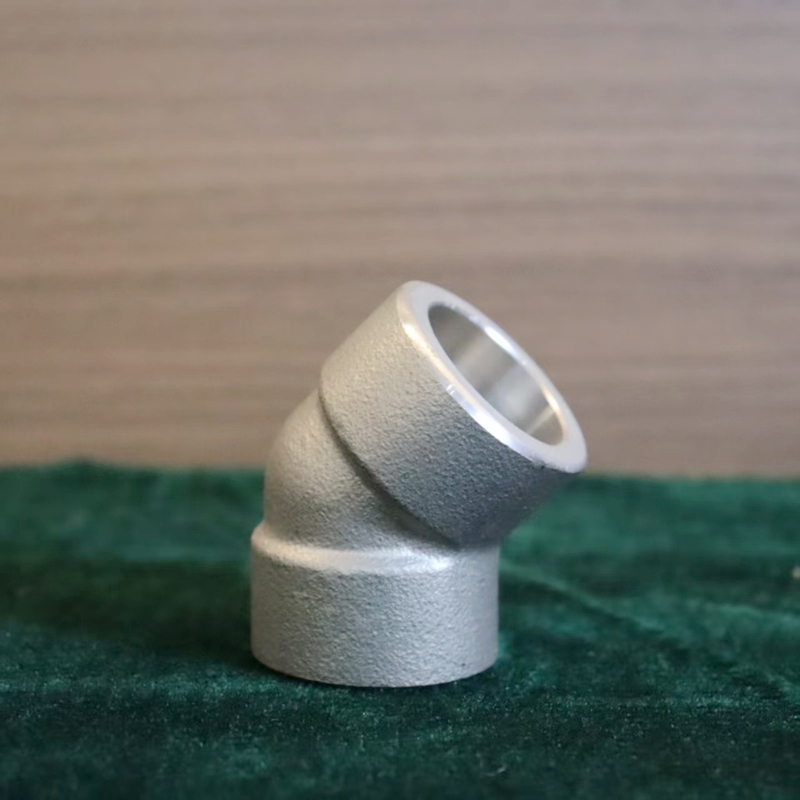
Technical Key Points for Connecting Socket Weld Elbows with Other Fittings
Socket weld elbows are widely used in piping systems for their reliable, leak-resistant connections. When connecting them to other pipe fittings, certain technical considerations ensure joint integrity, safety, and performance:
Proper Pipe Preparation
Cut pipe ends squarely and deburr to allow smooth insertion into the socket.
Clean both the pipe and socket fitting thoroughly to remove dirt, oil, rust, or other contaminants.
Correct Insertion Depth
Insert the pipe fully into the socket until it bottoms out, then pull back slightly (usually about 1/16 inch or 1.5 mm) to allow for thermal expansion and avoid stress on the weld.
Alignment and Fit-Up
Ensure proper alignment of the elbow with the adjoining fitting or pipe to prevent misalignment, which can cause joint stress or weld defects.
Use clamps or fixtures if necessary to maintain alignment during welding.
Welding Procedure
Use qualified welding procedures consistent with applicable codes (e.g., ASME B31.3).
Perform tack welding to hold parts in place before completing the full weld.
Ensure proper weld penetration and fusion without undercut, porosity, or slag inclusion.
Material Compatibility
Match materials between elbow and connecting fittings to avoid galvanic corrosion or differing thermal expansion issues.
Confirm pressure and temperature ratings are compatible.
Inspection and Testing
Conduct visual inspection and non-destructive testing (NDT) such as dye penetrant or radiography as required.
Pressure test the assembled joint to verify leak-tightness.
Allowance for Thermal Expansion
Design the connection to accommodate thermal expansion and contraction, especially in high-temperature systems.
Documentation and Quality Control
Record welding parameters, materials used, and inspection results to ensure traceability and compliance with standards.
Summary
Connecting socket weld elbows with other fittings demands careful pipe preparation, precise alignment, controlled welding techniques, and thorough inspection. Attention to these technical details ensures durable, high-quality joints suitable for demanding piping applications.
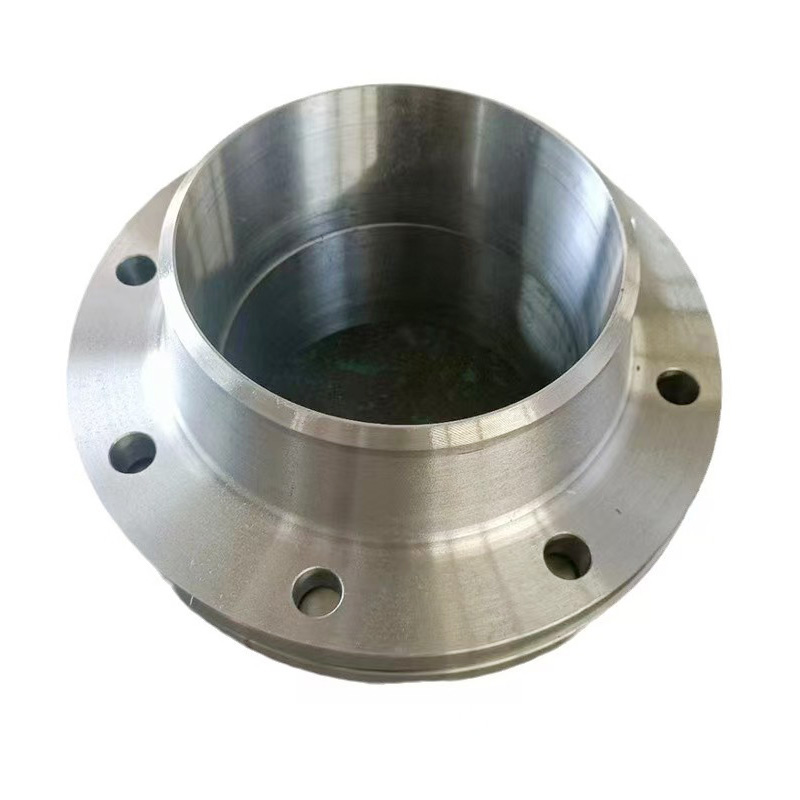
AWeld Neck Flange (WN Flange)is a type of piping flange designed to be welded to a pipe or ...
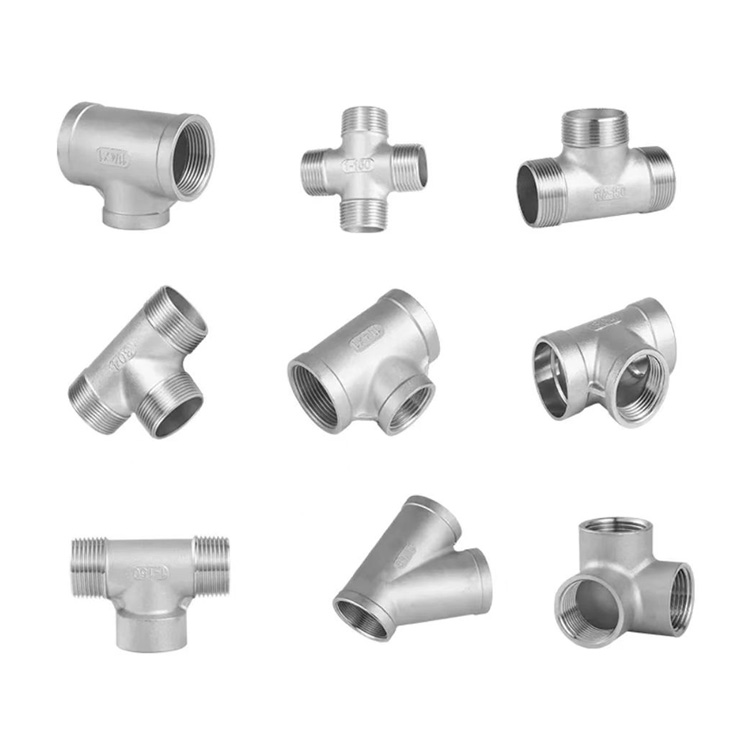
Socket fittings are essential components in piping systems, designed to connect, branch, or...
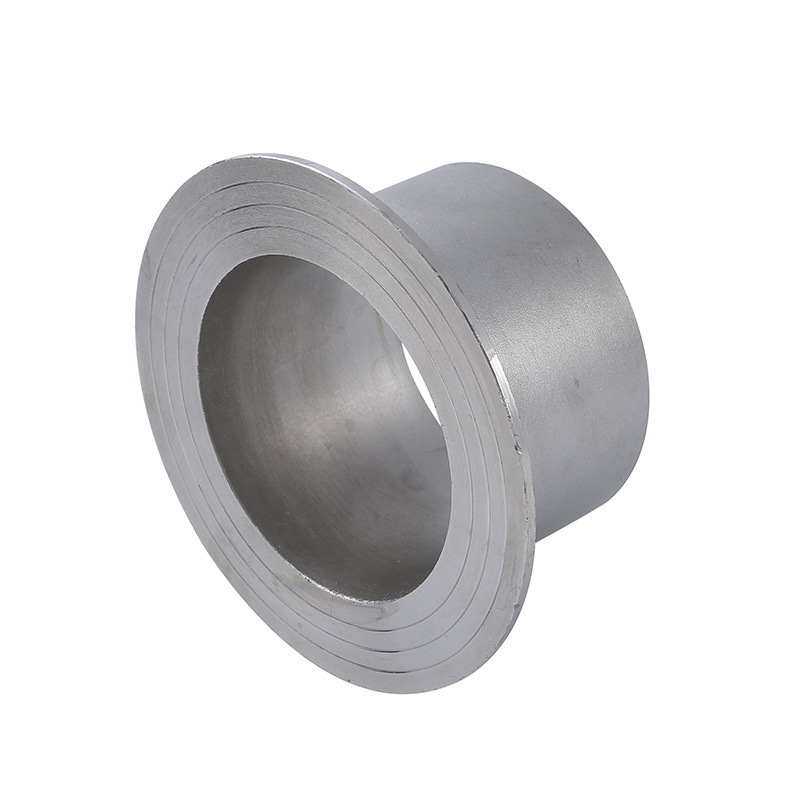
Welding ring is a commonly used metal ring component in pipeline connection or equipment do...
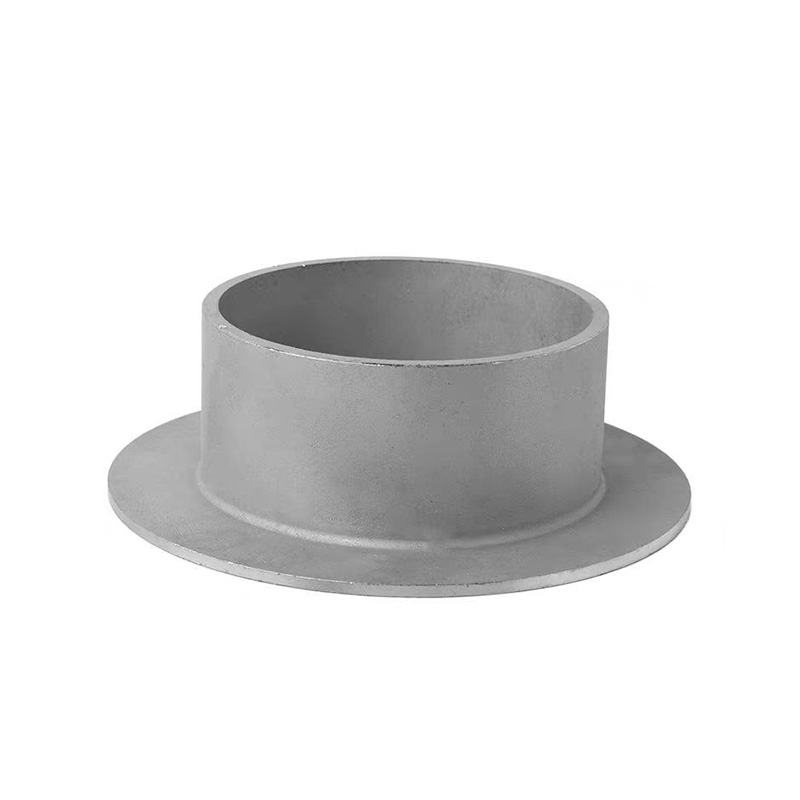
Welding ring is a pipe fitting used for pipeline connection. The following is its detailed ...






